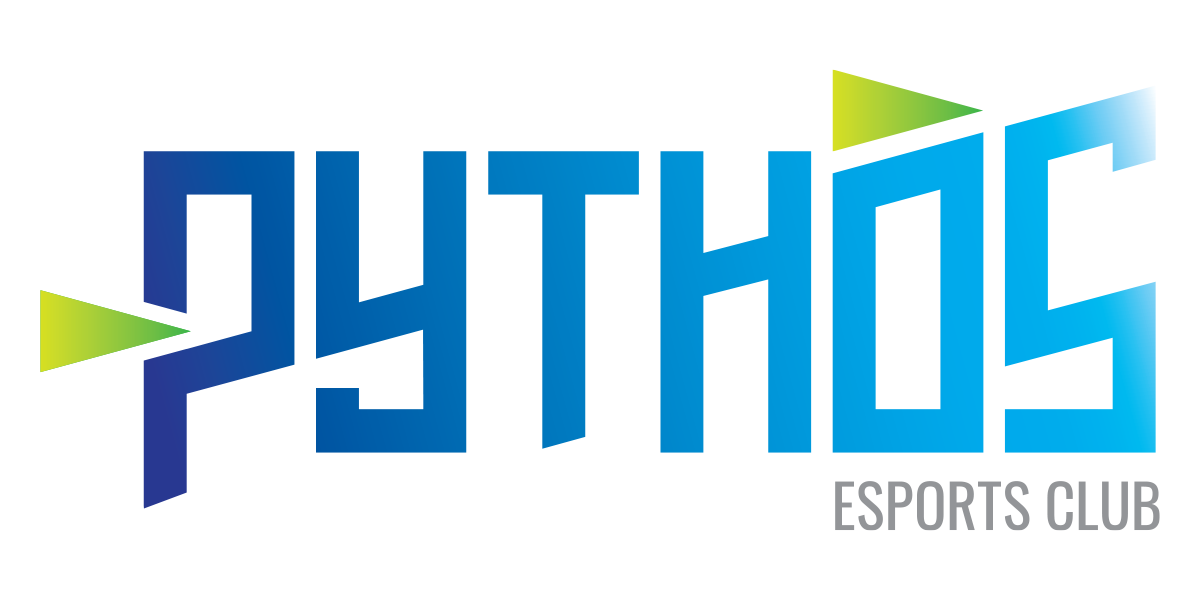16 Mar YouGov: How nuanced data can make your esports partnership work harder for you
Disclaimer: This is a sponsored piece written by Nicole Pike, Global Sector Head of Esports & Gaming at polling company YouGov.

For brands, identifying the opportunities to engage and connect with esports fans requires leveraging the right touchpoints. Esports’ rapid growth over the last decade means audiences around the world have differing and unique characteristics — even an individual game’s following can vary from country to country.
This presents a challenge for brands looking to tap into esports in a meaningful and responsible way. How big is the fanbase you’re reaching with your partnership, and who exactly are those fans? Where else in the world does this title attract a strong following — and do those consumers matter to your business or not? How else is your audience engaging with the esports ecosystem, and do they enable you to maximise your reach? How and where do you talk to them outside of match day?
RELATED: YouGov introduces game-changing data platform to esports
These questions are critical for sponsor brands, yet until now the data to properly answer them has been lacking. Arriving at YouGov nine months ago, I made it my mission to change that. Using data from YouGov’s newly released Global Fan Profiles (GFP) esports module, rights holders and brands can now gain deeper insight into what specific esports audiences follow and watch around the world.
Step 1: Where in the world are esports events popular?

Based on years of conversations with brands engaged with or considering engaging with the esports space, the majority of sponsorship budgets in esports are managed at a regional or local level. This means that, for most potential sponsors, knowing only the global viewership of an esports property is not enough to help them make an informed decision on how valuable it would truly be to their brand at a regional or local level.
By way of example, consider the League of Legends World Championship — undisputedly the largest esports tournament globally. In Chile, China, the Philippines and South Korea (and many other countries as well — this is just a snippet of the 32 markets available in GFP), Worlds is the most followed esports event. But its dominance is not replicated everywhere— esports fans in Denmark and Finland, for instance, are more likely to be keeping up with the ESL Pro League, which speaks to the legacy of CS:GO in the region.
And the differences persist around the world — including the immense popularity of the PUBG Mobile Global Championship in emerging esports markets like India and Malaysia (even with the PUBG Mobile app banned in India, our data shows the tournament is currently still the most followed event among Indian esports fans). Let’s dig into this a bit more.
Step 2: Who is my brand reaching, and how does this differ by market?
Esports audiences reached in different countries can be quite distinct — making it important for brands to understand exactly who they are speaking to at a market level. The ability to build side-by-side market comparisons in Global Fan Profiles allows rights holders and brands to instantly spot the similarities and differences between audiences.
Considering viewers of the PUBG Mobile Global Championship in both India and Malaysia, the data reveals some key differences. To start, over half of the event’s followers in Malaysia are young adults aged 18-24 (54 percent), compared to just 39 percent of followers in India. The Malaysian audience also has a slightly higher proportion of female fans. Both stats have implications not only for which brands may be interested in sponsoring PUBG Mobile esports, but also in the types of content delivered to these audiences.

If a PUBG Mobile investment is part of a brand’s broader esports and gaming sponsorship strategy, it would also be important to understand the degree of the title’s overlap across other properties. In Malaysia, more than half of PUBG Mobile followers also follow Mobile Legends: Bang Bang esports (52 percent). A brand looking to maximise its reach across the region would likely conclude it isn’t worth investing in both titles separately as most of the audience for one will be reached by sponsoring the other. In contrast, in India the overlap of PUBG Mobile with Mobile Legends: Bang Bang is much more modest (17 percent) — Garena Free Fire tends to be more popular among PUBG Mobile fans here.
Team affinity in particular looks drastically different among PUBG Mobile’s following in Malaysia than it does in India. It’s no surprise that 46 percent of PUBG Mobile’s fanbase in Malaysia are fans of Malaysia-based Team Secret (vs. 24 percent in India). In contrast, team-following for India’s PUBG Mobile fans is more fragmented, but led by Fnatic who acquired India-based Xspark’s roster.
Step 3: How do I talk to my target audience outside of match day?
Let’s assume our brand has focused on activating against the PUBG Mobile audience in India. It’s important to note that while the mobile app is banned from being played in India, opportunities still exist to engage with followers of the global tournament, since it remains the most followed esports event among Indian esports fans. But what if the brand wants to maximise the power of the partnership IP, or, given the ban, reevaluate how to engage viewers of the PUBG Mobile tournament on social media? How might they go about talking to these fans?
RELATED: YouGov hires Nicole Pike as esports and gaming lead
Again, here one size does not fit all. While Indian fans of PUBG Mobile esports use social media at a higher rate than the overall population in India, the dynamic across platforms is very different. Perhaps most stark is that Twitter — the traditional social platform for reaching Western esports fans — is no more likely to reach PUBG Mobile followers than the broader Indian population. However, Facebook and Instagram are actively used by more than six in ten Indian PUBG Mobile Global Championship followers (66 and 62 percent, respectively.) These fans also over-index in their use of Telegram, an instant messaging app — another valuable peek into where Indian followers spend their time. The point here is that understanding the habits of fans within individual markets is a vital part of executing an effective strategy.
So – does data make a difference?
Emphatically – yes! Brands who have been slow to enter esports because they can’t be sure of the audience they are reaching, of the best way to reach that audience or of the effectiveness of esports campaigns in general now have the tools to give them that confidence. The entire industry will ultimately benefit from more data-driven decisions fueling partnerships around the globe.
Learn more about YouGov Global Fan Profiles
Methodology: The esports data in Global Fan Profiles is based on the interviews of 74,000 adults in the global sample. Esports fans are defined as those who express a level of interest in esports. All interviews are conducted online with data collection occurring on an ongoing daily basis starting in December 2020. Unless stated below, all markets are weighted to be nationally representative (some are online-representative or urban-representative samples).
Global Fan Profiles is built upon more than 300,000 interviews per year collected on a continuous basis. It provides an instant view of the size, make-up, attitudes, and behaviours of fans based in 32 key esports markets. The esports data is also connected to YouGov’s global consumer database and can be used to understand media consumption, brand preferences, and other behaviours.
Full list of esports markets: Argentina, Australia, Brazil, Canada, Chile, China, Columbia, Denmark, Egypt (online rep), Finland, France, Germany, Hong Kong (online rep), India (urban rep), Indonesia (online rep), Italy, Japan, Malaysia (online rep), Mexico, Peru, Philippines (online rep), Saudi Arabia, Singapore (online rep), South Korea, Spain, Sweden, Taiwan (online rep), Thailand (online rep), UK, UAE, USA, and Vietnam (online rep).
ESI Podcasts | Digest, Focus, Insight
 Commercial, Europe, Features, Games, Insights, Investments, M&A, Latest News, Markets, Partnerships & Sponsorships, UK, Esports data global, esports sponsorship, Global Fan Profiles, YouGov Sport
Commercial, Europe, Features, Games, Insights, Investments, M&A, Latest News, Markets, Partnerships & Sponsorships, UK, Esports data global, esports sponsorship, Global Fan Profiles, YouGov Sport


No Comments